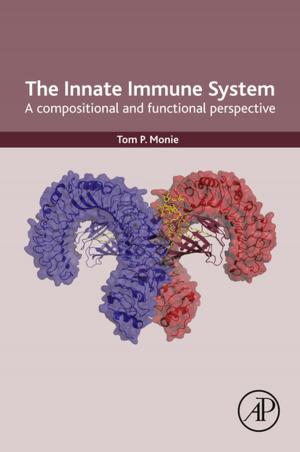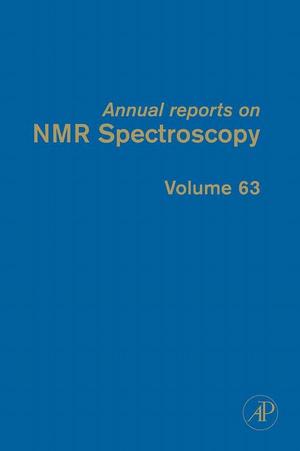A Life of Ernest Starling
Nonfiction, Science & Nature, Science, Other Sciences, Molecular Biology, Biological Sciences, Physiology| Author: | John Henderson | ISBN: | 9780080535494 |
| Publisher: | Elsevier Science | Publication: | August 6, 2010 |
| Imprint: | Language: | English |
| Author: | John Henderson |
| ISBN: | 9780080535494 |
| Publisher: | Elsevier Science |
| Publication: | August 6, 2010 |
| Imprint: | |
| Language: | English |
Ernest Starling (1866-1927) was pre-eminent in the golden age of British Physiology. His name is usually associated with his “Law of the Heart, but his discovery of secretin (the first hormone whose mode of action was explained) and his work on capillaries were more important contributions. He coined the word 'hormone' one hundred years ago. His analysis of capillary function demonstrated that equal and opposite forces move across the capillary wall--an outward (hydrostatic) force and an inward (osmotic) force derived from plasma proteins.
Starling’s contributions include:
*Developing the "Frank-Starling Law of the Heart," presented in 1915 and modified in 1919.
*The Starling equation, describing fluid shifts in the body (1896)
*The discovery of secretin, the first hormone, with Bayliss (1902) and the introduction of the concept of hormones (1905).
Starling’s contributions include:
*Developing the "Frank-Starling Law of the Heart," presented in 1915 and modified in 1919.
*The Starling equation, describing fluid shifts in the body (1896)
*The discovery of secretin, the first hormone, with Bayliss (1902) and the introduction of the concept of hormones (1905).
Ernest Starling (1866-1927) was pre-eminent in the golden age of British Physiology. His name is usually associated with his “Law of the Heart, but his discovery of secretin (the first hormone whose mode of action was explained) and his work on capillaries were more important contributions. He coined the word 'hormone' one hundred years ago. His analysis of capillary function demonstrated that equal and opposite forces move across the capillary wall--an outward (hydrostatic) force and an inward (osmotic) force derived from plasma proteins.
Starling’s contributions include:
*Developing the "Frank-Starling Law of the Heart," presented in 1915 and modified in 1919.
*The Starling equation, describing fluid shifts in the body (1896)
*The discovery of secretin, the first hormone, with Bayliss (1902) and the introduction of the concept of hormones (1905).
Starling’s contributions include:
*Developing the "Frank-Starling Law of the Heart," presented in 1915 and modified in 1919.
*The Starling equation, describing fluid shifts in the body (1896)
*The discovery of secretin, the first hormone, with Bayliss (1902) and the introduction of the concept of hormones (1905).















